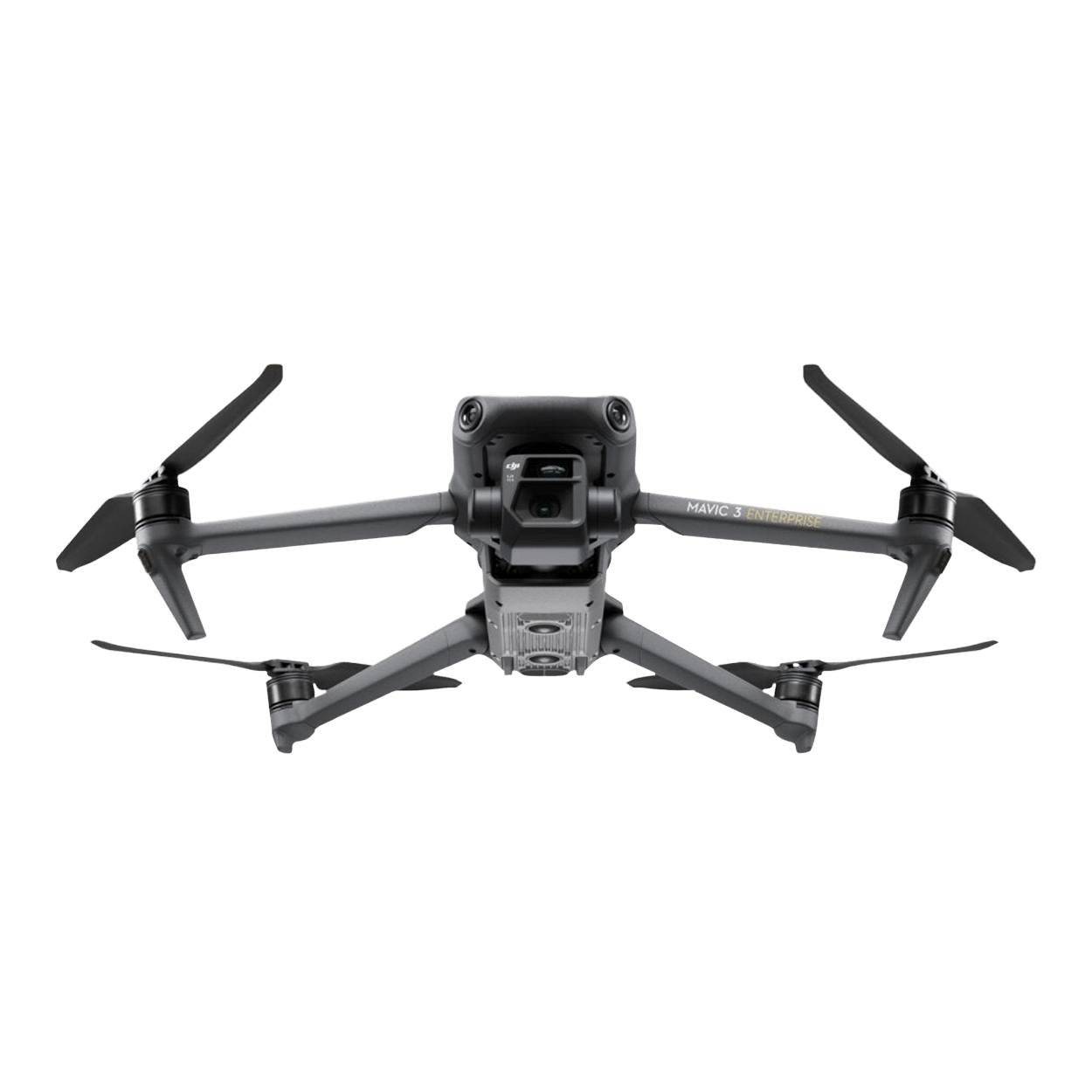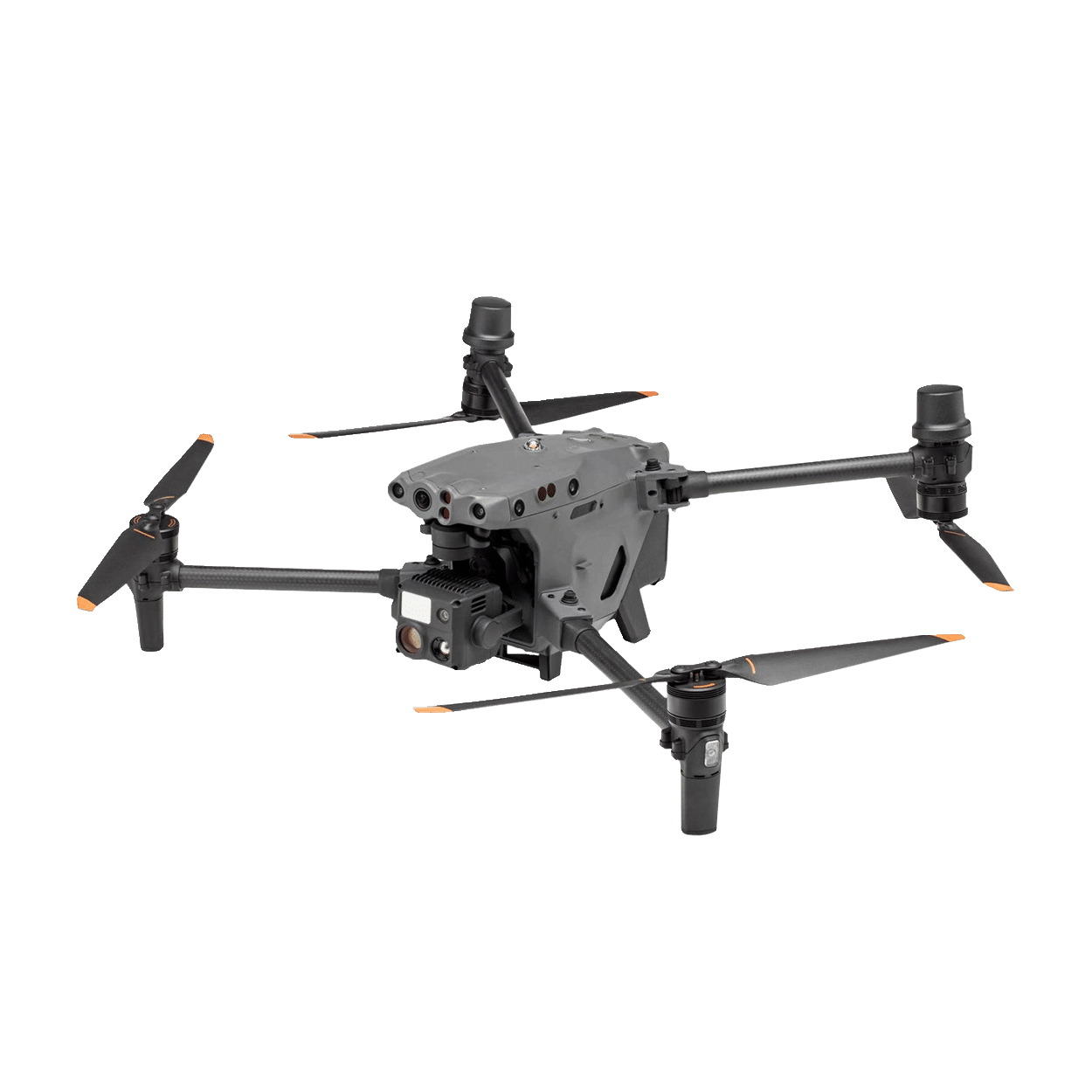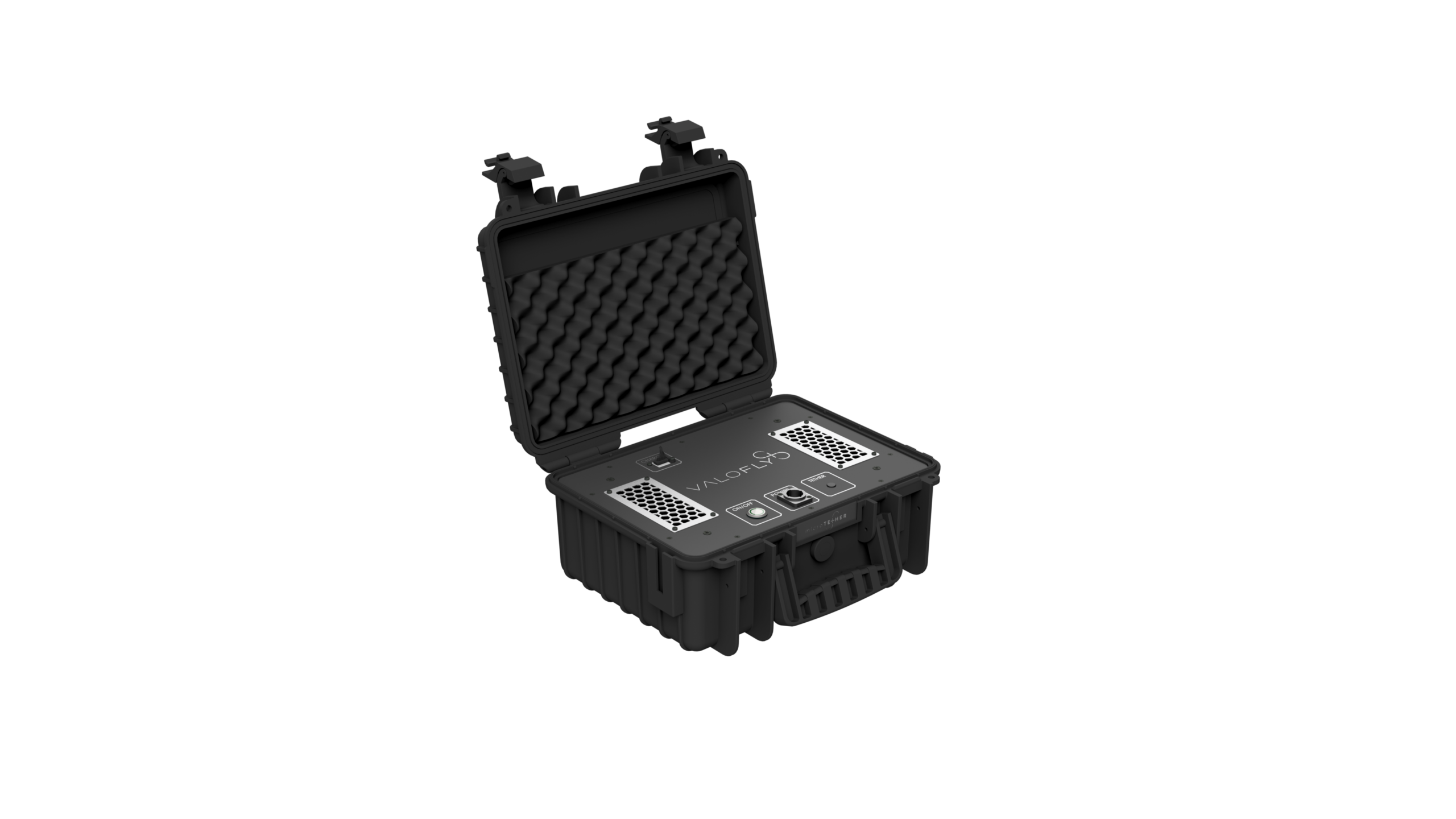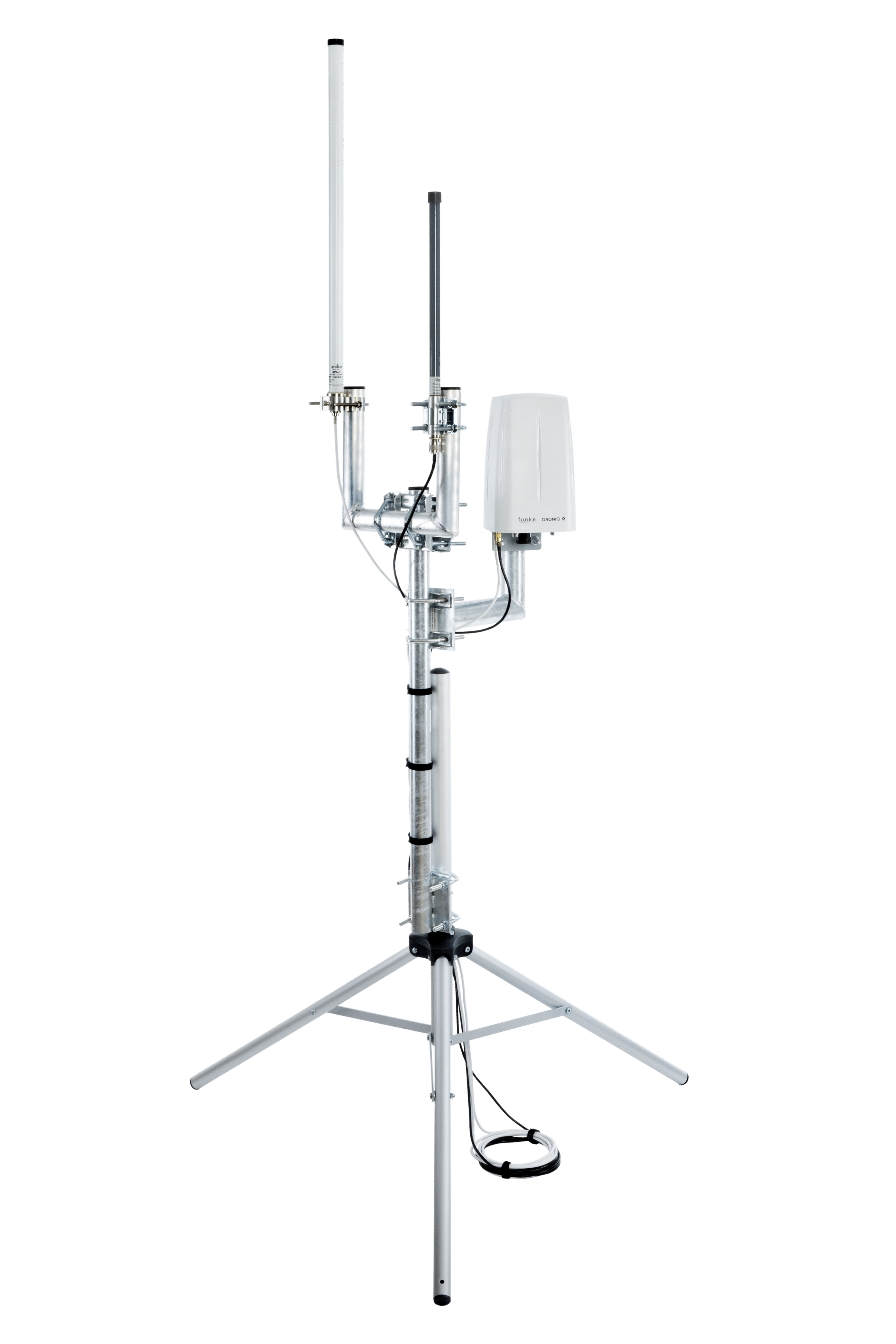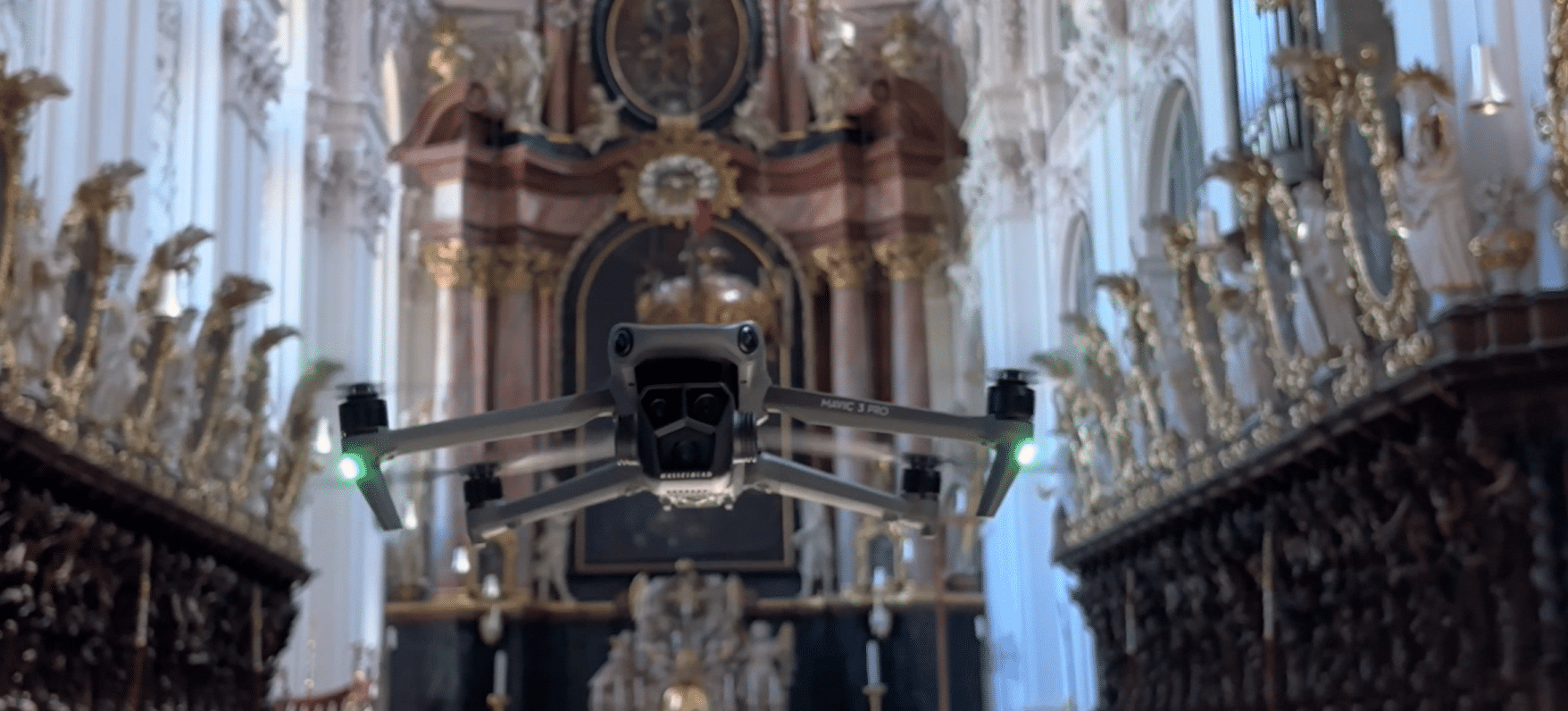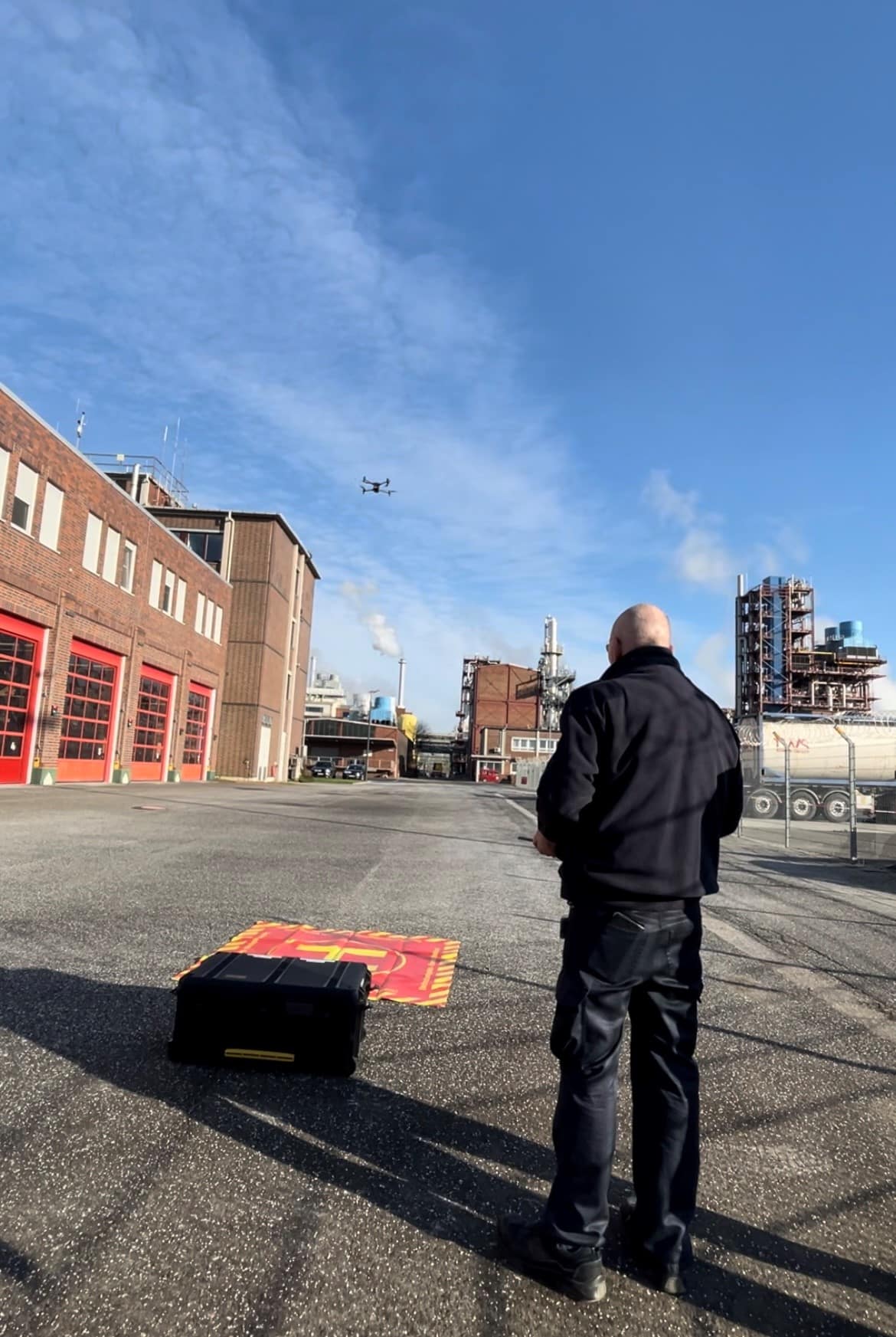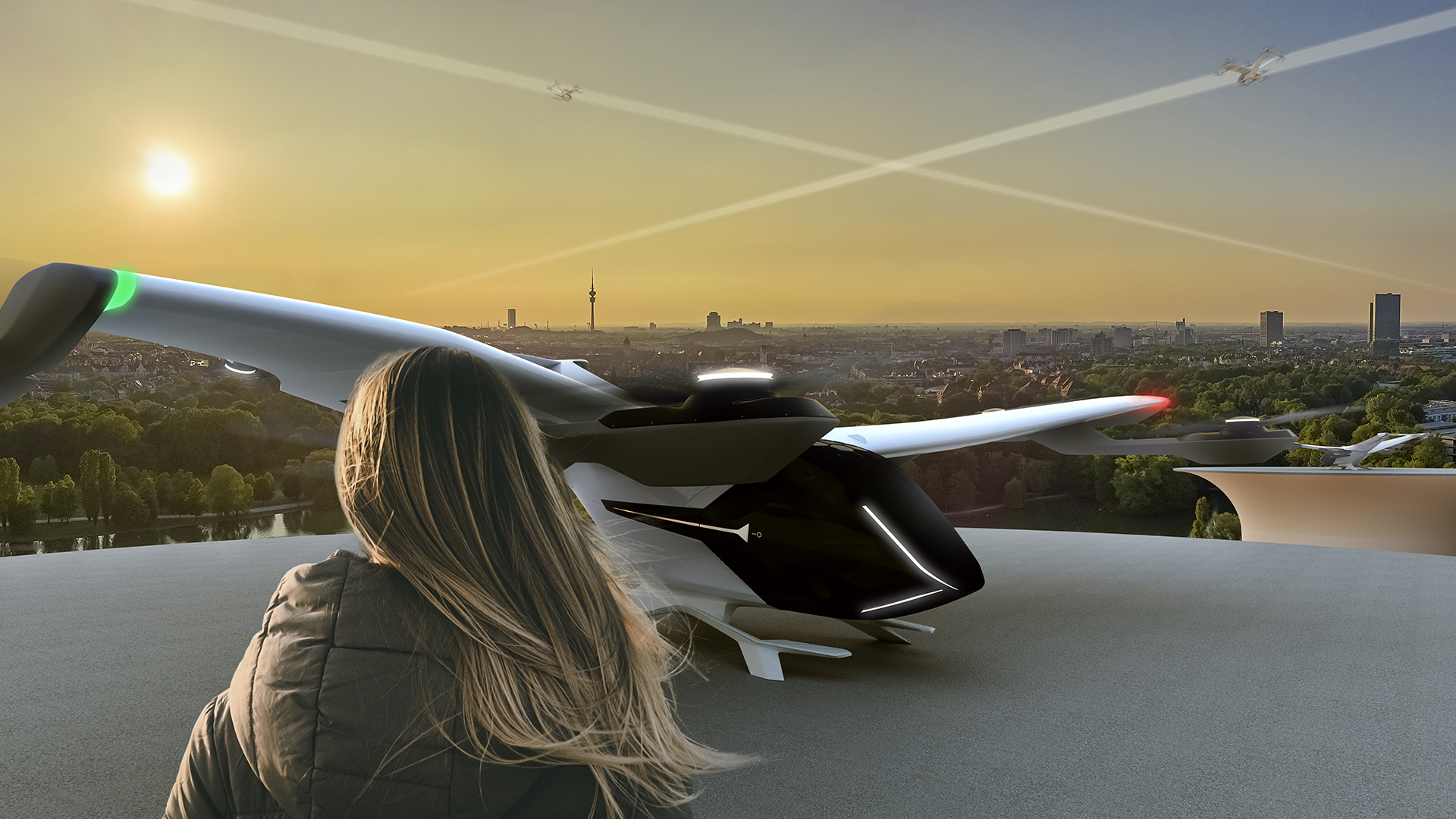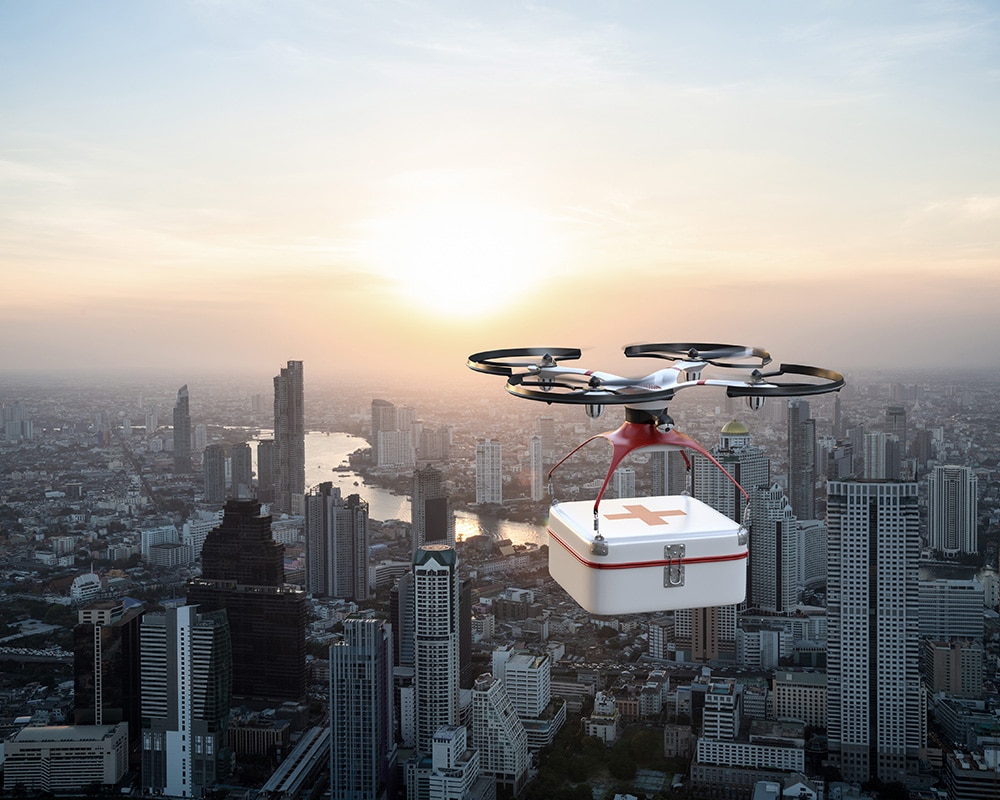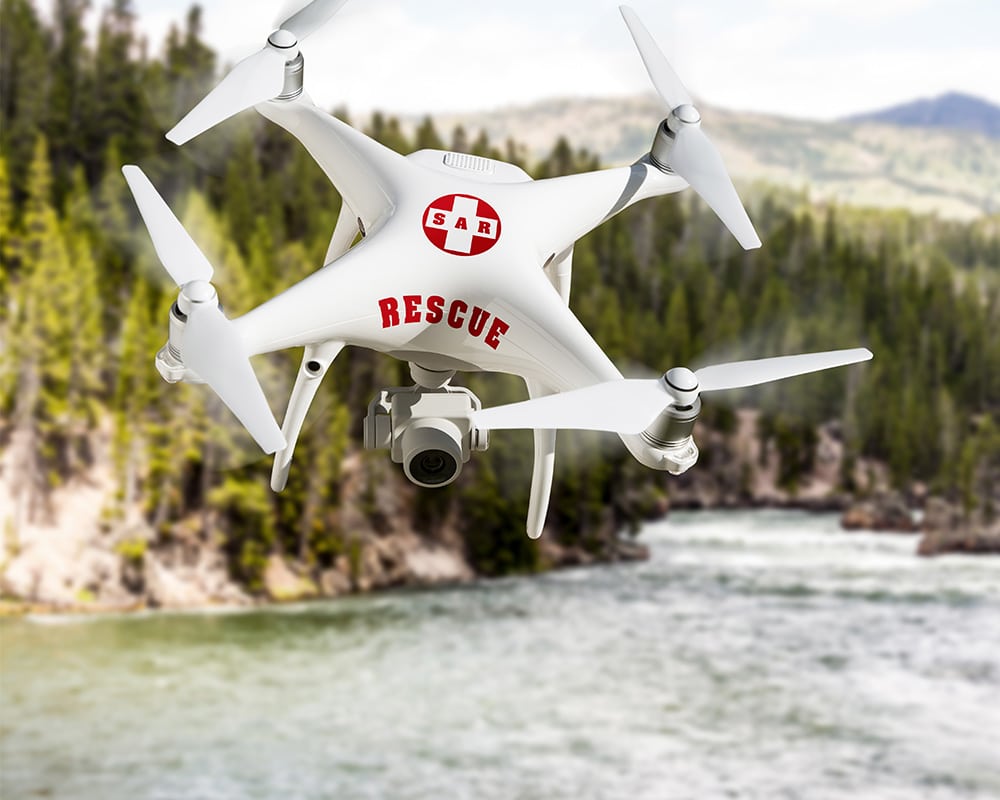Drones flying at or near airports are generally a no-go. And for good reason. Because when recreational pilots fly near airports for fun or out of curiosity, they endanger air traffic there. The drone becomes a safety risk. In this case, the pilot - if he or she can be identified - faces a hefty fine.
But there is another way, as Droniq demonstrated last October...
The DFS subsidiary is currently working with photographer Günther Ortmann. His task is to document one of the Max Bögl Group's construction projects taking place at Frankfurt Airport - ideally by drone. The project involves the renewal of the bridge structures on the Kelsterbach link road. Droniq supports the photographer in preparing the flight and visualizing the drone.
An exciting project that comes with a challenge: the drone used must be made visible to the DFS radar. This is a problem for small photo drones. This is because conventional transponders for signal transmission do not work with them. The transponders, which work with a power of 200 watts, are too large for the small camera drone. No signal also means no pictures at the airport.
In order to check whether it is still possible to take photos by drone at the airport, a different way of visualization is needed. Droniq's idea: the use of a miniature Mode S transponder. This is smaller than the usual transponders and can be attached to photo drones. The downside: with 20 watts of power, Mode S transponders are also less powerful.
A field test organized by Droniq in consultation with DFS and the responsible state aviation authority was to provide answers as to whether the mini transponder was sufficient to transmit the transponder signal. On October 5, the time had come. After obtaining the necessary air traffic control clearance and approval for the geographical areas from Droniq, a flight took place in the airport's security zone in the morning. The aircraft flew up to a height of 40 m at the construction site, which is within sight of the Frankfurt Tower and directly within the approach of the northwest runway. Of course, no aircraft were approaching the northwest runway at this time. In addition, the Droniq was in constant contact with DFS during the entire flight.
The result: the miniature Mode S transponder passed its baptism of fire with flying colors. The drone used was visible on the DFS radar, ensuring safe air traffic for everyone involved. A great success: for Droniq, but also for the photographer Günther Ortmann and the Max Bögl Group. Because now nothing stands in the way of drone shots of the current construction project. This should be fully completed by December 2024.
"We are delighted to support Mr. Ortmann with our expertise in this project. We are just as pleased that, together with Frankfurt Tower, we have demonstrated the conditions under which drones can operate safely at airports. A path that we want to and will continue to pursue."
Jan-Eric Putze | CEO Droniq GmbH Tweet
Copyright Günther Ortmann Photography










